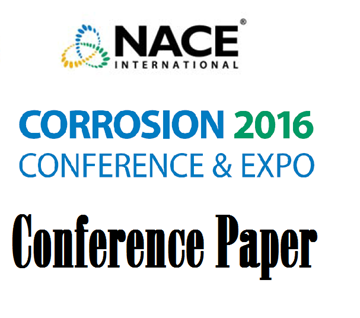Electric Resistance Welded (ERW) pipes X60M / X65M API 5L PSL2, with resistance to ductile fracture propagation as per API 5L PSL2 Annex G [1] are achieved not only by setting the proper welding parameters and the steel cleanliness, but also by a combination of metallurgical processes affecting the final weld line and HAZ microstructure. The steel chemistry is the starting point to minimize the presence of inclusions, central segregation and the toughness impairment due to harmful elements, S, P, etc. on the pipe body, with a given casting and rolling technology. During the welding process, the right parameters combination is needed to avoid cold weld, penetrators, and other weld imperfections. At the last stage, the Seam Heat Treatment (SHT) has to be adjusted in a way that the steel response to the thermal cycles leads to the compliance of mechanical requirements at the weld line and Heat Affected Zone (HAZ). This heat treatment is performed through electromagnetic induction using several coils, which allows it to have a rapid and localized heating of the HAZ into the austenitic region, and that is followed by air cooling. The objective is to refine the structure and to eliminate brittle constituents around the weld line. As the SHT strongly affects the weld performance, the optimum processing conditions such as austenitization temperature and cooling rate may not be the same for all steel chemistry, and has to be carefully selected. The capability to model the thermal cycle after the ERW process and the understanding of the metallurgical behavior of different steel chemistries and dimensional configuration becomes the main target of any ERW pipe manufacturer aiming supply reliable Line Pipes as per API 5L PSL2 Annex G. In this work, a numerical thermal model of the SHT is presented along with validation and simulation results. A summary of metallurgical thermal cycle simulations by means of a Gleeble® 3500, applied on different steels is also included.


